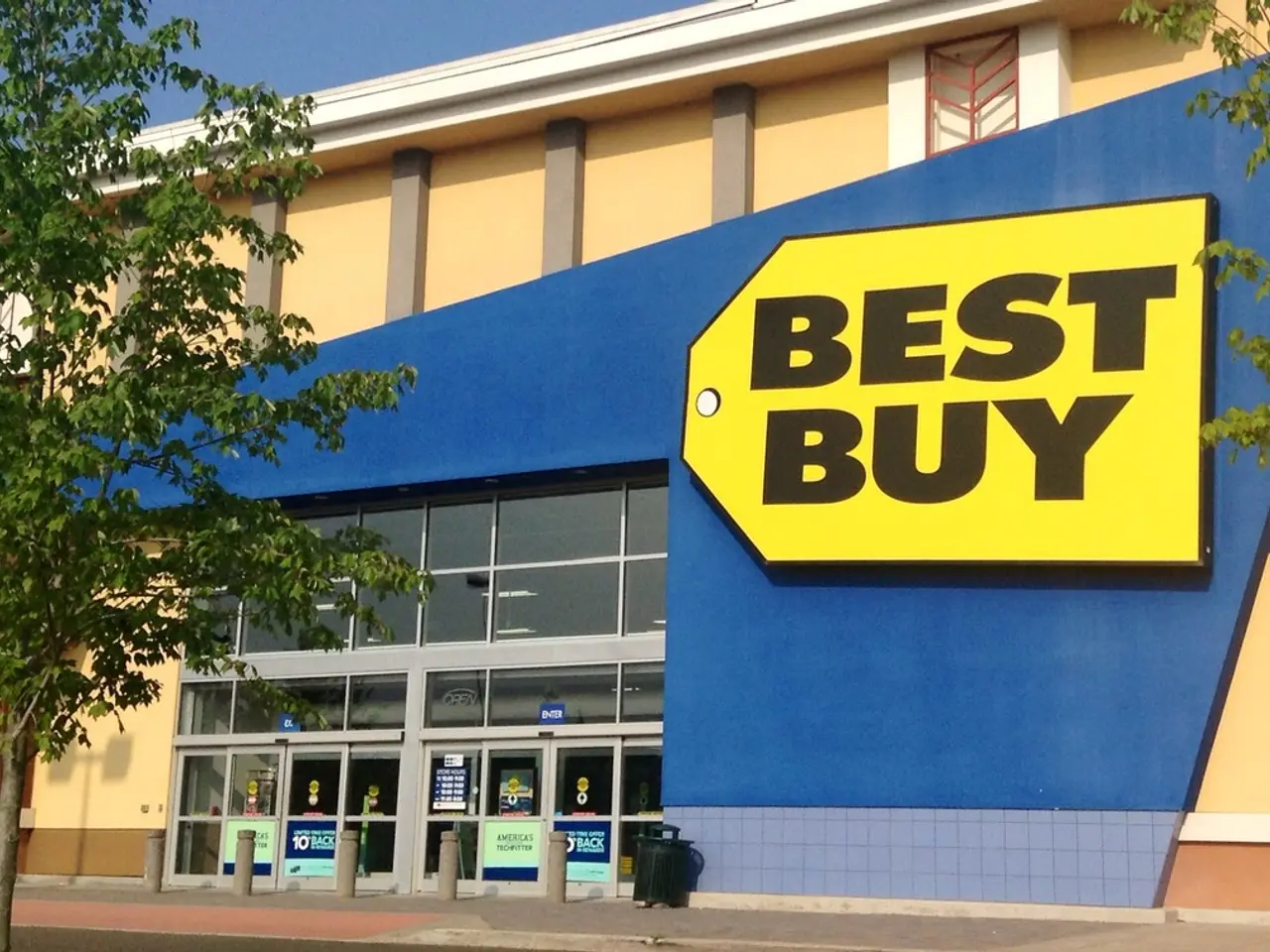Strategies for Constructing Foundation for Sales Expansion among Leadership
In the fast-paced business landscape of 2025, successful growth strategies prioritise investment in infrastructure, systems, and omnichannel execution. One area that has gained significant attention is lead generation, with many companies weighing the benefits of outsourcing versus hiring in-house sales representatives.
Outsourcing lead generation offers several attractive advantages. For instance, speed and agility are key benefits, as outsourced providers can deploy trained teams within weeks, in contrast to the 6-plus months it often takes to onboard and train in-house reps. Furthermore, outsourcing firms bring extensive expertise, proven playbooks, and industry best practices that a single company may lack internally.
Another significant advantage is access to advanced technology and data. Many outsourced partners utilise premium databases, intent data, dialers, and AI tools, which would be costly for one company to purchase and maintain. Outsourcing also allows for scalability and flexibility, as businesses can quickly scale up or down based on lead volume without the complexities of hiring or layoffs. Additionally, cost efficiency is a key advantage, as it can be less expensive than hiring full-time staff when factoring salaries, benefits, training, office space, and specialized tools.
Comprehensive process management is another advantage of outsourcing lead generation. Outsourced teams can manage the entire sales process from lead generation to closing, ensuring consistency and freeing internal resources for other critical tasks.
However, there are potential downsides to consider. Less quality control is one such concern, as outsourced reps may lack the same depth of product knowledge, passion, or brand alignment as in-house staff, possibly leading to inconsistencies or diluted customer experience. Communication challenges can also arise due to differences in time zones, language, and work culture, which can complicate coordination and delay issue resolution.
Data security and privacy risks are another concern, as sharing sensitive information with external providers can pose risks if not carefully managed. Hidden costs may also arise beyond the initial contract, and outsourcing some sales functions might affect internal team dynamics or public perception. Managing and monitoring outsourced teams requires effort to maintain alignment through training, onboarding, and regular check-ins to ensure quality and brand consistency.
In summary, outsourcing lead generation offers faster deployment, specialized skills, cost savings, and scalability, while hiring in-house provides closer control, deeper brand knowledge, and potentially stronger customer relationships. Successful outsourcing depends on careful vendor selection, thorough onboarding, and ongoing management to mitigate risks associated with quality and communication.
Meanwhile, in the realm of digital marketing, leaders who scale in 2025 will focus on building demand engines that create opportunity, reduce risk, and accelerate growth in measurable ways. SEO, paid ads, and email marketing are often unpredictable on their own but work best when they're part of a unified strategy. Who shares content is often more important than the content itself in search engine rankings. The speed at which a company can solve a buyer's problem is valued in search behavior, and omnichannel strategies are important for reaching buyers today due to their scattered nature across platforms and the need for value before engagement.
Jason Bahnak, Co-Founder and Chief Marketing Officer at Abstrakt, emphasises the importance of avoiding a high-risk, slow-reward strategy that relies exclusively on headcount to generate pipeline. Many businesses are finding that the traditional sales model is failing faster, and short-term campaigns may not benefit from long-term outsourced lead generation contracts. Hiring in-house may be more suitable for technical, niche, or highly personalized products or services.
In conclusion, as businesses navigate the complexities of lead generation and digital marketing in 2025, it's essential to carefully consider the advantages and challenges of outsourcing versus hiring in-house, and to approach each decision with a strategic and measured approach.
Jason Bahnak, an entrepreneur in the field of business and personal finance, highlights the need for a strategic approach to lead generation and digital marketing in 2025. Outsourcing lead generation can offer speed, specialized skills, cost savings, and scalability, but can also present risks in terms of quality, communication, and data security. In contrast, hiring in-house can provide closer control, deeper brand knowledge, and potentially stronger customer relationships. However, it may not be suitable for all businesses, particularly those dealing with technical, niche, or highly personalized products or services. In the realm of digital marketing, comprehensive strategies that include SEO, paid ads, and email marketing are crucial, with a focus on creating opportunity, reducing risk, and accelerating growth using omnichannel strategies. Data-and-cloud-computing technology plays a significant role in these strategies, allowing companies to solve buyers' problems quickly and reach them across various platforms. Jason Bahnak, as the Co-Founder and Chief Marketing Officer at Abstrakt, advocates for avoiding high-risk, slow-reward strategies that rely exclusively on headcount to generate pipeline. Instead, he suggests a measured approach that considers the unique needs and circumstances of each business when deciding between outsourcing and hiring in-house.




